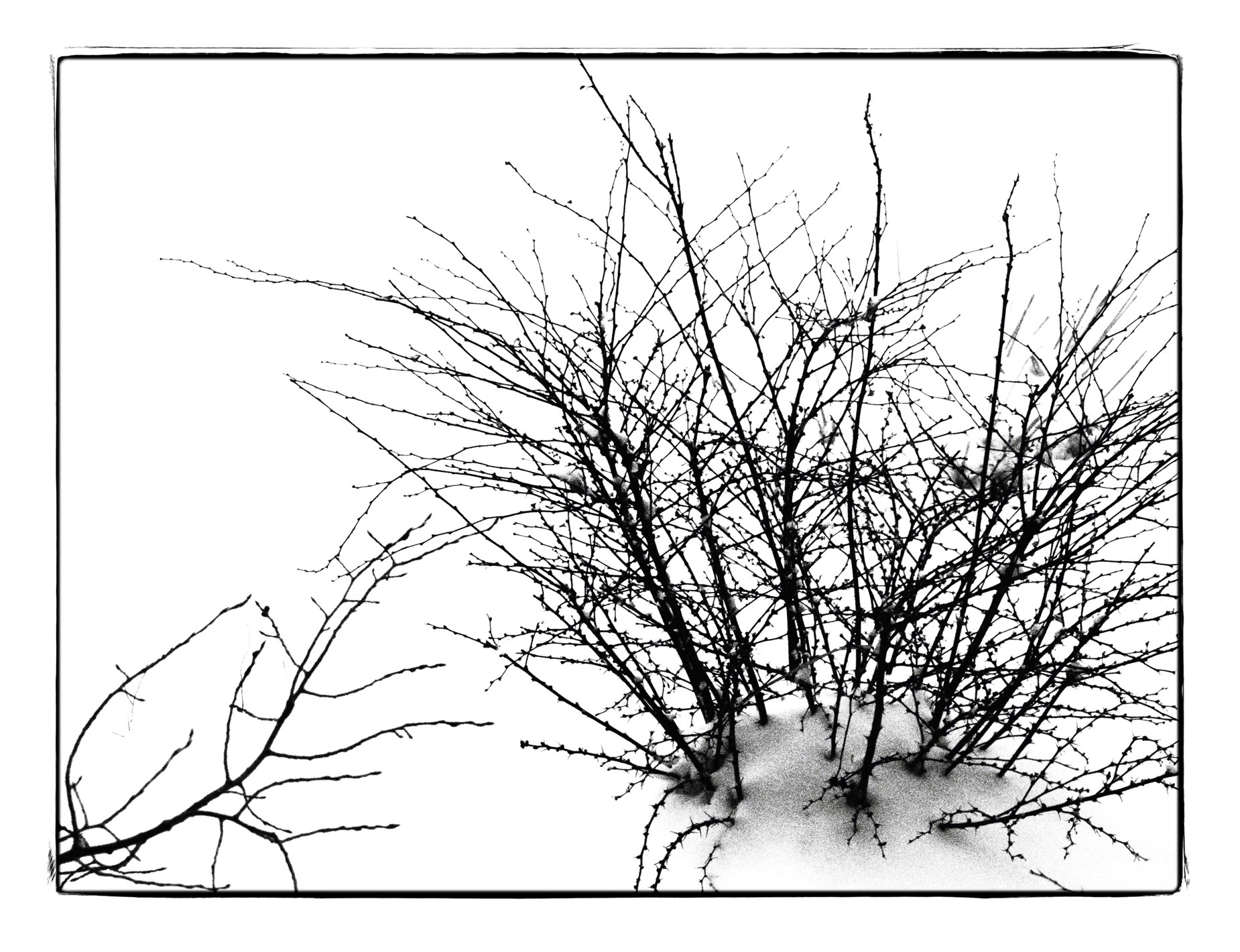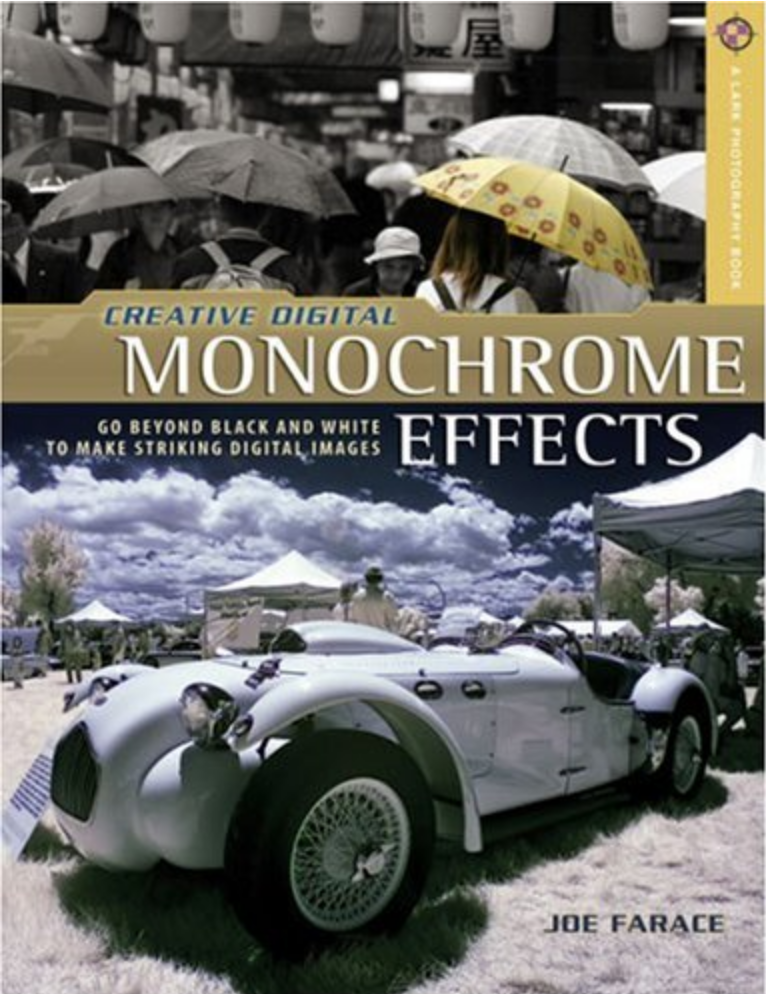I’ve retired the #thursdaythoughts theme for 2025. In it’s place, while searching for something new, the theme will temporarily be (and may end up as) Anything Can Happen Day. That was what Thursdays were called on the Mickey Mouse Club, where I stole the idea!
Today’s post by Joe Farace
When it’s springtime in the RockiesI’m coming back to you— Gene Autry
Recently Denver’s Channel 7’s weather headline was: ” Denver’s snowiest month is upon us. Welcome to March!” The month typically begins with temperatures hovering around 22 degrees F (-5 C) but that has not been the case so far, with warmer temperatures being the norm this year. The coldest it got in Denver during March was -11 degrees F (-24 C) on the 28th day of 1886. The Denver area typically see more than 10 inches of snow in March but the month is also known for some of the biggest snowfall events in the region while one foot of snow was originally predicted for tomorrow, the forecast has changed to rain.
What is Kodalith?
Kodalith was a high contrast, orthochromatic film that was primarily designed for making line and halftone negatives for photomechanical reproduction. The material was also used to make highlight masks for preserving the reproduction of important highlight detail when making duplicate transparencies. Depending on who you asked, the film had an ISO rating of eight or twelve, while others say it was ISO two or three. Whatever the real ISO was, it was a slow i.e, low speed material. The film has long been discontinued.
During the film era, Kodalith was the gateway film/media for working in the wet darkroom when creating techniques that would reproduce historic and lost printing techniques. Photographers who wanted to try older, more arcane printing techniques would typically make contact-sized (often the only way to make prints using these processes) negatives using Kodalith sheet film. Kodalith was also available in 35mm rolls for the experimentally minded. If you’re interested in these sorts of wet darkroom techniques, you should pick up a copy of Bea Nettles’ landmark book Breaking the Rules.

How I made this Photograph: This Kodalith-style image was originally shot in-camera using an Olympus E-30 and Olympus 14-54mm f/2.8-3.5 Digital Zuiko lens. The camera’s Grainy Film Art Filter was used and I deliberately overexposed the image. Exposure was 1/250 sec at f/5 and ISO 200 with a plus one and one-third exposure compensation. I added the line-style frame from the set of frame presets that are part of Exposure Software’s Exposure, where I might have bumped up the contrast as well.
The Camera
The Olympus E-30 is a 12.3-megapixel Four Thirds System (not Micro Four-thirds) DSLR that the company produced from December 2008 to some time in 2011. The E-30 used a 17.3 x 13.0mm CMOS sensor, which is the same size as Micro Four-thirds. It was the only two-digit-named model in Olympus’s DSLR series and in terms of size, weight, capabilities and price was positioned between the 10-megapixel Olympus E-520 DSLR and the more professionally oriented E-3.
Copes of my book Creative Digital Monochrome Effects are available from Amazon for $11.46 with used copies starting at affordable prices—around seven bucks—right now. Pick up a copy now while they’re cheaper than your next “cup of joe” at Starbucks.
